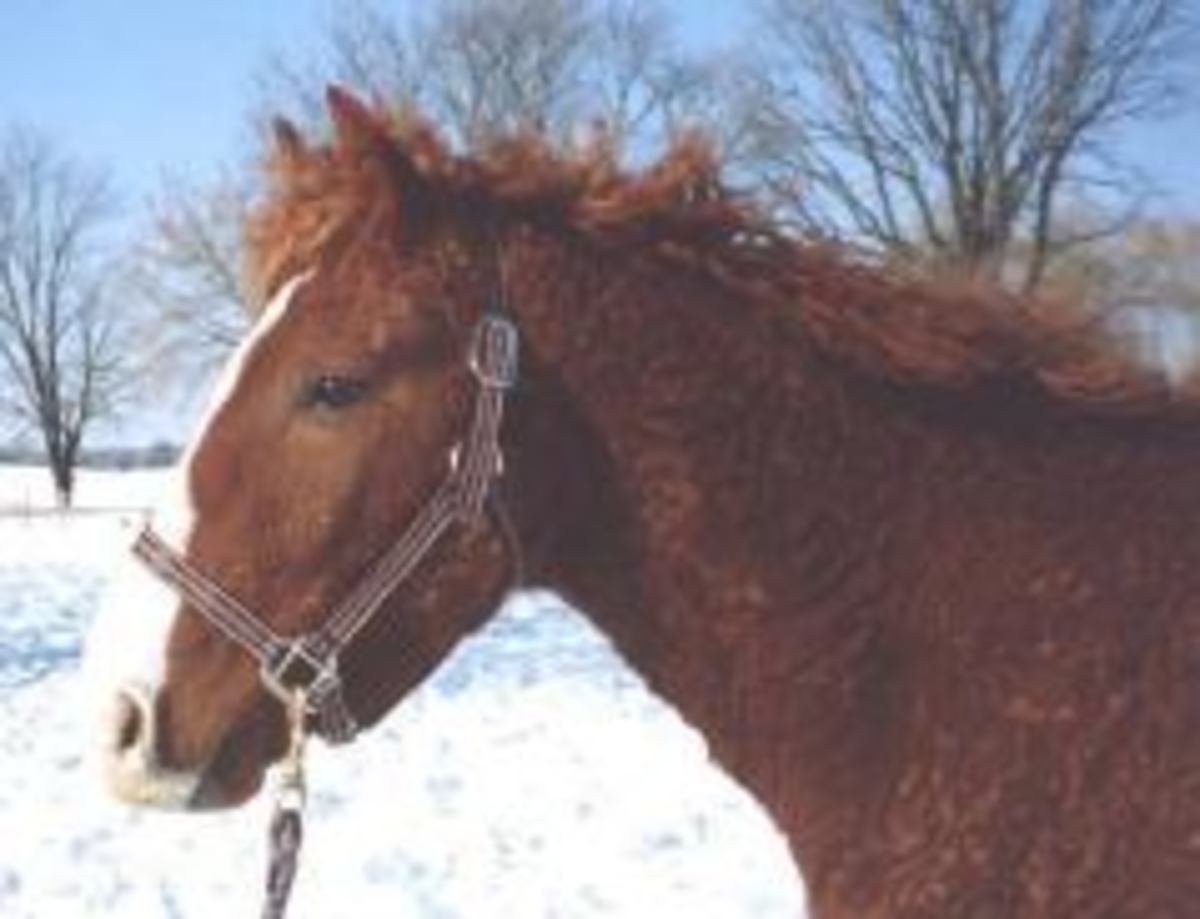Origins
The Bashkir, or Bashirsky, pony originated in the southern foothills of the Ural Mountains, close to the steppes of Khazakhstan and has been an important part of the local economy for possibly thousands of years. Bashkir herds still provide meat, milk and other products, as well as being used for transportation and agriculture. The origins of the American Bashkir Curly, are somewhat shrouded in mystery. It is suggested that they first arrived on the continent thousands of years ago across the land bridge that connected Asia to North America prior to the last Ice Age. This theory does not take into account the fact that the horse, which had evolved in the Americas over millions of years, became extinct eight to ten thousand years ago. It was reintroduced by the Spanish conquistadores in the 16th century.
The development of the modern American Bashkir Curly is more clearly documented, however. It can be traced back to 1898 when Peter Damele noticed three horses with tightly curled coats in the high country of central Nevada. Peter’s son, Benny, continued to breed the curly-coated horses for ranch work and many of the Bashkir Curly horses in the US today can be traced back to the Damele herd.
Appearance
The most striking feature of the Bashkir Curly is its winter coat which can range from a wavy pattern to tight ringlets over the entire body. The mane is very fine, but also very curly. During the summer the body coat sheds out and the summer coat is often straight, or with just a slight wave. One very unusual feature is that the Bashkir Curly also sheds out its mane and tail, regrowing it again the following winter.
Bashkir Curly Y.S. TanJobi
Photograph shown courtesy of Jobi Farm

The Bashkir Curly is medium in height and has several physical characteristics that seem to link it to primitive horses. Some Bashkir Curly’s do not have ergots and some have small, soft chestnuts. They have the wide set eyes characteristic of Oriental breeds, which is said to give them a wider range of vision. They have tough, round black hooves, sturdy cannon bones, straight legs with a straight movement, flat knees and strong hocks. Foals are born with thick, curly coats, curls inside their ears and curly eyelashes.
About fifty percent of the time, the Bashkir Curly passes on its curly coat to its offspring, even when bred with non-curly-coated horses.
About 10 percent of Bashkir Curly horses display an intermediate, “soft” gait, similar to the foxtrot that the Missouri Foxtrotters do. These horses also do a lateral walk and a stepping pace known as the Indian Shuffle or Curly Shuffle.
Uses
Nowadays, Bashkir Curly horses are popular in a wide variety of equestrian disciplines from Western riding, barrel racing and reining, to driving, jumping and dressage. Gaited Bashkir Curly’s are also popular for gaited pleasure events.
Reference:
The Encyclopedia of the Horse – Elwyn Hartley-Edwards. ISBN 1-56458-614-6









